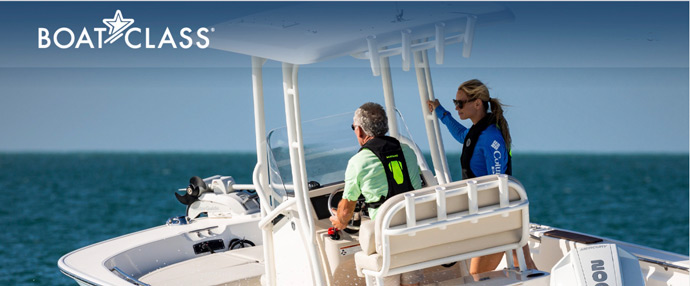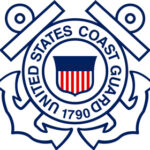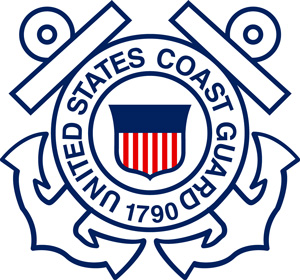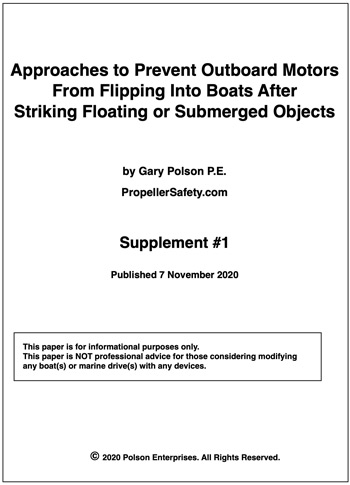Recent events led us to publishing this update on the Ethan Isaacs accident.
Event 1 – Isaacs family files lawsuit
A wrongful death suit was filed 28 December 2020 in behalf of Ethan Isaacs.
Malinda Martin Isaacs as Personal Representative of the Estate of Ethan Max Isaacs vs. Sarasota Youth Sailing, Inc. and Riley Baugh, an individual
Filed in the Circuit Court of the Twelfth Judicial Circuit
in and for the County of Sarasota State of Florida Circuit Civil Division
Case Number 2020 CA 005516 NC
Jeffrey “Jack” Gordon of Maney & Gordon, P.A. represents the family
David Neal Gambach of Hamilton, Miller & Birthisel, LLP. represents Sarasota Youth Sailing
Mr. Baugh, a sailing coach, was the boat operator of the 20 foot Caribe RIB powered by a 90 horsepower Yamaha outboard motor that struck Ethan Isaacs after Mr. Baugh was ejected.
The suit reports Mr. Baugh was leaning out of the RIB to bail water from an Optimist sailboat (about an 8 foot long sailboat used for youth instruction). The RIB engine was running, the kill switch lanyard was not attached per the suit. Mr. Baugh unintentionally leaned into the shift-throttle, the boat began to move, ejecting Mr. Baugh. The unmanned boat continued to run striking Ethan Isaac, multiple Optimist sailboats, and some other boys.
The suit says Sarasota Youth Sailing had a duty to install or equip the Caribe with available throttle safety options that would prevent the unintentional shifting of said throttle into gear.
They point out Mr. Baugh was an employee of Sarasota Youth Sailing and thus Sarasota Youth Sailing is responsible for all damages, negligent acts, and failures to act of Mr. Baugh.
The suit also includes claims relative to weather and seas conditions.
We were a bit surprised by the absence of propeller guard claims give the aftermath of the 2017 Centerport Yacht Club accident in New York in combination with previous statements made by Yamaha in support of propeller guards in applications like this.
Attorneys requested production of a list of 82 documents including photos and videos of Mr. Baugh and all others operating any power boats at their facility. One suspects this is an effort to find photographic evidence of them not always attaching kill switch lanyards or other safety issues.
The case is being overseen by Judge Stephen Walker. Read More →








